Urgent
Dubai Financial Market reports 171% increase in Q1 2024 net profit
 Sheikha Bodour urges collaboration at 3rd Booksellers Conference
Sheikha Bodour urges collaboration at 3rd Booksellers Conference
 UAE condemns drone terror attack on Khor Mor gas field in Iraq’s Kurdistan region
UAE condemns drone terror attack on Khor Mor gas field in Iraq’s Kurdistan region
 Abu Dhabi Customs emphasises role of IP in driving national economic growth
Abu Dhabi Customs emphasises role of IP in driving national economic growth
 UAE welcomes 16th group of wounded Palestinian children, cancer patients
UAE welcomes 16th group of wounded Palestinian children, cancer patients
 2.8 magnitude earthquake strikes Khor Fakkan Coast: NCM
2.8 magnitude earthquake strikes Khor Fakkan Coast: NCM
 Mohammed bin Rashid meets with King of Bahrain, explores to strengthen bilateral relations
Mohammed bin Rashid meets with King of Bahrain, explores to strengthen bilateral relations
 ADCB logs 26% net profit growth in Q1 2024
ADCB logs 26% net profit growth in Q1 2024

 Sheikha Bodour urges collaboration at 3rd Booksellers Conference
Sheikha Bodour urges collaboration at 3rd Booksellers Conference
 UAE condemns drone terror attack on Khor Mor gas field in Iraq’s Kurdistan region
UAE condemns drone terror attack on Khor Mor gas field in Iraq’s Kurdistan region
 Abu Dhabi Customs emphasises role of IP in driving national economic growth
Abu Dhabi Customs emphasises role of IP in driving national economic growth
 UAE welcomes 16th group of wounded Palestinian children, cancer patients
UAE welcomes 16th group of wounded Palestinian children, cancer patients
 2.8 magnitude earthquake strikes Khor Fakkan Coast: NCM
2.8 magnitude earthquake strikes Khor Fakkan Coast: NCM
 Mohammed bin Rashid meets with King of Bahrain, explores to strengthen bilateral relations
Mohammed bin Rashid meets with King of Bahrain, explores to strengthen bilateral relations
 ADCB logs 26% net profit growth in Q1 2024
ADCB logs 26% net profit growth in Q1 2024



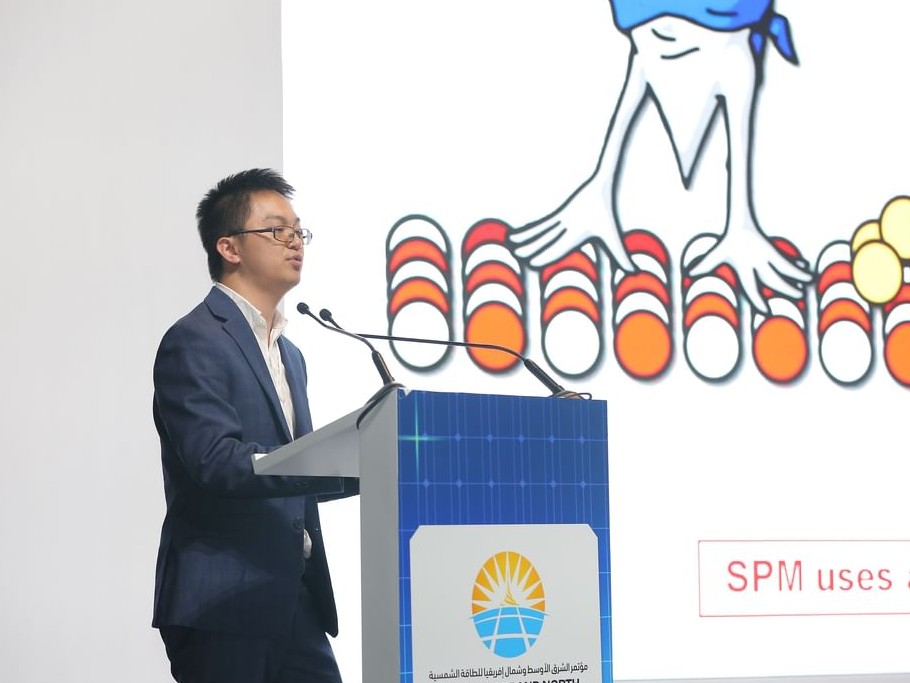


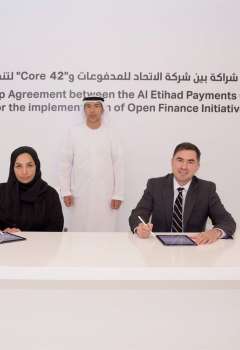

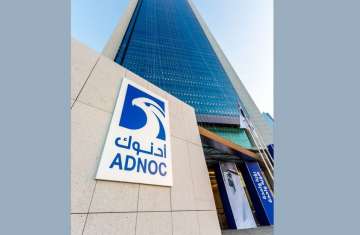
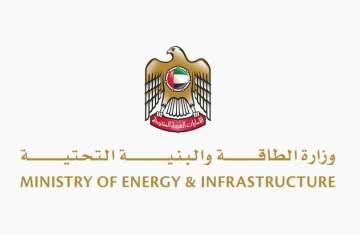
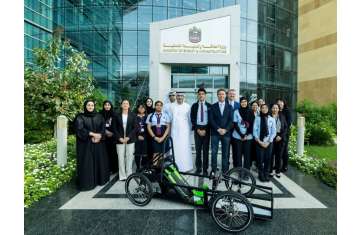
Comments